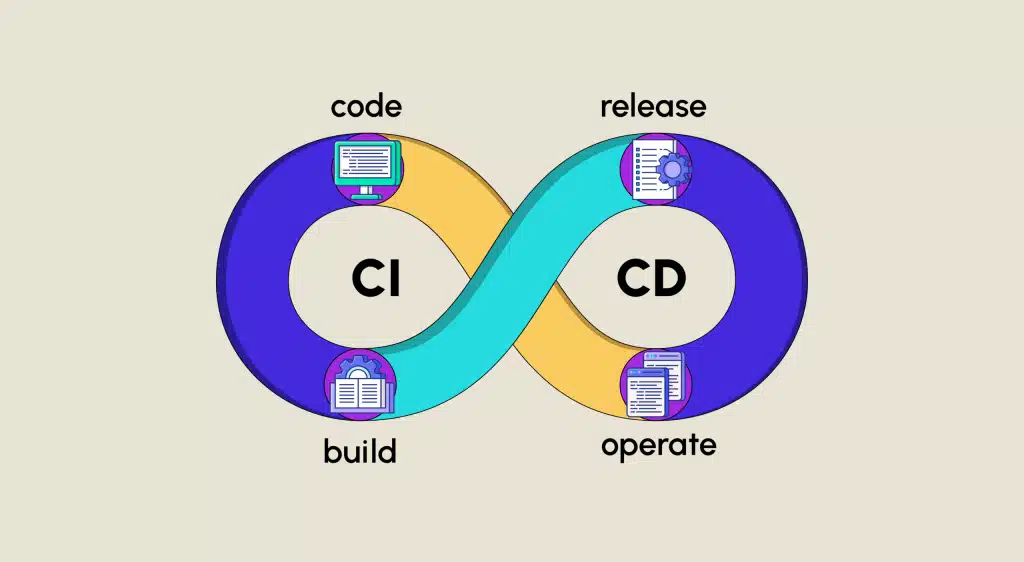CI/CD Best Practices: Accelerating Software Delivery
CI/CD Best Practices: Accelerating Software Delivery
In today's fast-paced software development landscape, delivering high-quality applications quickly is crucial. Here's where CI/CD (Continuous Integration and Continuous Delivery) shines. CI/CD automates the software development lifecycle, streamlining workflows and accelerating delivery. But how can you optimize your CI/CD pipeline for maximum benefit? Let's explore some key best practices:
"By implementing effective CI/CD practices, you can achieve faster deployments, improved software quality, and a more collaborative development environment."
Aniket Kumar, DevOps Engineer
Core CI/CD Practices
Before diving into best practices, let's establish the core principles of CI/CD:
- Continuous Integration (CI): Automates code building, testing, and integration after every code commit. This helps identify and fix bugs early in the development cycle.
- Continuous Delivery (CD): Automates the deployment process, allowing for frequent and reliable deployments to various environments (testing, staging, production).
Best Practices for Optimizing Your CI/CD Pipeline
Here are some best practices to enhance your CI/CD pipeline and achieve faster, smoother software delivery:
- Start Small and Scale Incrementally: Begin with a simple pipeline for core functionalities and gradually introduce complexity as you gain experience.
- Automate Everything You Can: Automate code building, testing, deployment, and configuration management to minimize manual intervention.
- Focus on Code Quality: Integrate static code analysis and unit testing into your CI pipeline to catch errors early and prevent regressions.
- Implement Version Control Effectively: Use a version control system (like Git) to track code changes and facilitate rollbacks if necessary.
- Monitor and Analyze Performance: Regularly monitor your pipeline's performance and identify bottlenecks for optimization.
- Promote Collaboration and Communication: Foster communication and collaboration between development, operations, and testing teams to ensure everyone is aligned with CI/CD goals.
Benefits of Optimized CI/CD Pipelines
By adopting these best practices, you can unlock several benefits from your CI/CD pipeline:
- Faster Software Delivery: Streamlined workflows and automated deployments lead to quicker time-to-market for new features and bug fixes.
- Improved Software Quality: Early bug detection and frequent testing contribute to a higher quality codebase.
- Reduced Risks: Automated processes minimize human error and ensure consistent deployments.
- Enhanced Collaboration: Clear visibility into the CI/CD pipeline fosters better communication and collaboration across development teams.
Conclusion
Implementing effective CI/CD practices is a game-changer for software development teams. By automating workflows, focusing on code quality, and fostering collaboration, you can significantly accelerate software delivery while maintaining high-quality standards. Remember, CI/CD is an ongoing process; continuously monitor, analyze, and improve your pipeline for optimal results.


3 Comments
Priya Joshi
May 18, 2024Starting small with a CI/CD pipeline is a great point! It allows teams to gain experience and build confidence before introducing complexity.
Vikas Patel
May 25, 2024Automating everything you can in the CI/CD pipeline is crucial. It saves time, reduces errors, and ensures consistency.
Amit Shah
May 12, 2024Focusing on code quality early in the CI/CD pipeline is essential for preventing bugs and ensuring smooth deployments.